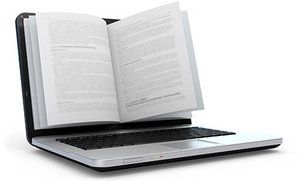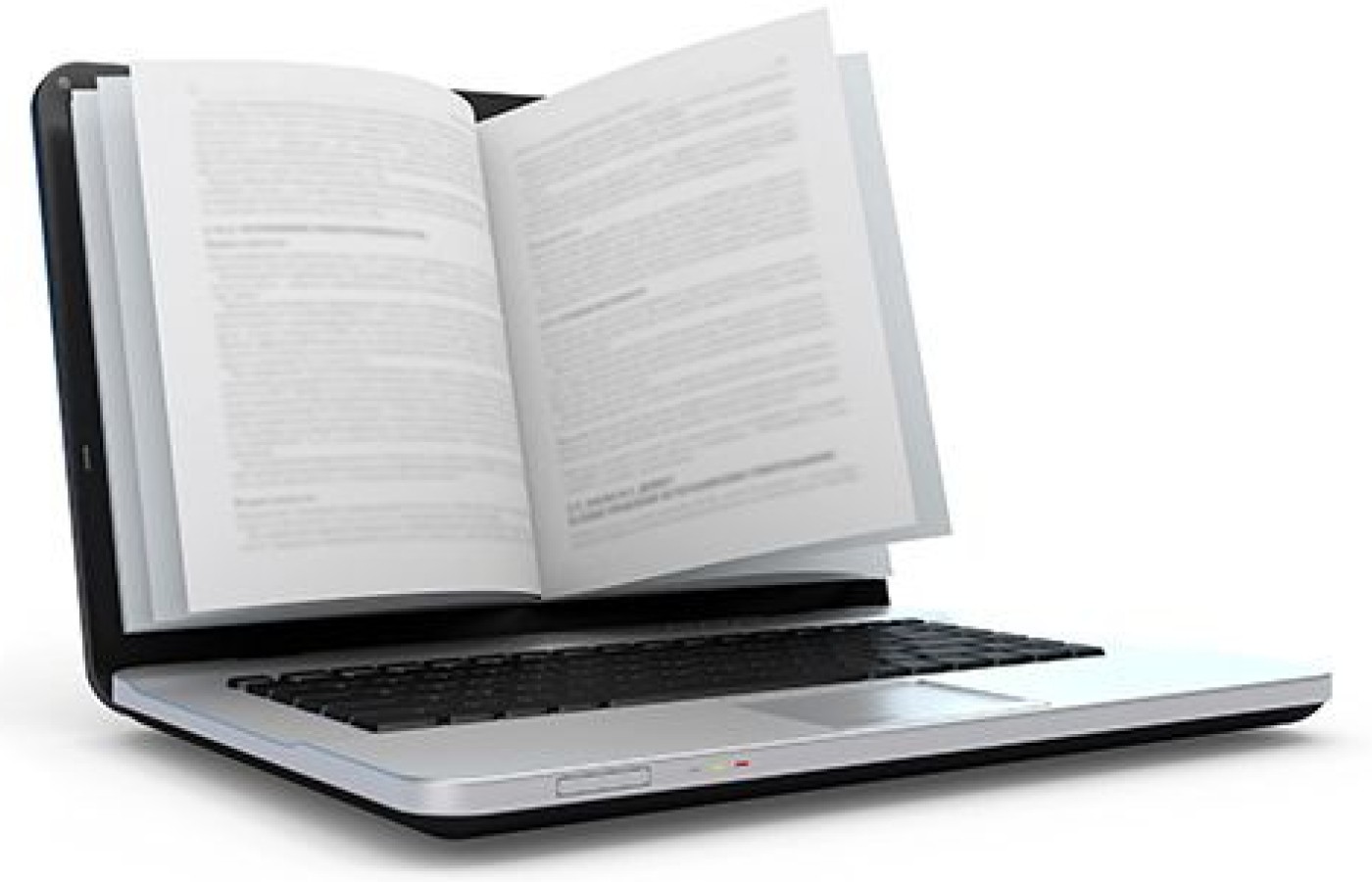People today want convenience, whether it be from their bank, credit card, favorite retail store, or restaurant. They demand it from the companies who hold their loyalty, including their health care providers (you). They don’t want to call and possibly be put on hold, and they want to use an app or schedule an appointment on your website. Here are three reasons your practice can gain by switching to online appointment scheduling.
Key Changes and Updates to the 7th Edition CNT Manual
Acupuncture Today recently interviewed Jennifer Brett, ND, L.Ac. regarding the updates to the CNT manaul.
AT: What are the key changes to the Manual about which practitioners need to be aware?
Jennifer Brett: The 7th edition of the CNT Manual is titled CCAOM Clean Needle Technique (CNT) Manual — Best Practices for Acupuncture Needle Safety and Related Procedures. The new Manual starts with evidence gleaned from an extensive literature review regarding the safety and reports of adverse events associated with acupuncture and related modalities. In the past 10 years, significantly more information about the safety of acupuncture and related modalities has been published in the English language medical literature. One of the key changes in the 7th edition is a review of such literature. This wealth of new knowledge has informed the entire 7th edition.
The new edition of the Manual combines this literature review about safety issues and adverse events associated with AOM modalities with reports of adverse events in malpractice cases in the U.S. to clearly identify protocols and practices as "Critical," meaning that scientific evidence demonstrates the advice is essential; "Strongly Recommended," meaning that studies support or practitioners support the advice; and "Recommended," meaning that the advice is suggested through the literature, or is not adequately researched but has a strong theoretical basis.
Tables of these recommendations have been added to the text to help students and practitioners identify the evidence-based criticality of the safety recommendations. Additionally, all critical safety steps are consistent throughout the Manual and identified for a variety of clinical and office procedures.

As in previous editions, the 7th edition updates all of the information on pathogens, but there is expanded information that includes a number of health care associated infections (HAI) not covered in previous editions. These HAI are likely to be encountered in the clinic and many are more commonplace than the blood borne pathogens (BBP), including common skin infections and influenza.
Sections describing standard practices closely associated with CNT have been updated to be in line with the CCAOM position papers on skin preparation before acupuncture needling and the use of gloves during acupuncture. These position papers may be viewed at www.ccaom.org/pdf/CCAOM_Position_Papers_CNT_Protocol.pdf. Consideration of the literature about the safety of acupuncture and information about HAI led to an expansion of the section covering CDC and OSHA standards, office and equipment disinfection procedures, and the legal requirements of an AOM practice.
AT: What, if any, CNT protocols have changed?
JB: Generally, there have been only minor changes in clean needle technique. The number of BBP-associated infections linked to acupuncture practice in the U.S. has approached zero since the introduction of the CNT course and exam. The Manual strives to make clear recommendations on how to implement CNT in a variety of settings, from the clinic to house calls and public settings. In each section, it is reiterated that the basic steps of CNT do not change (i.e., wash hands, set up the clean field, use single-use sharps only, immediately isolate used sharps in an appropriate sharps container, and follow standard procedures). Implementing these five basic steps in different settings takes intention and an eye to making the process detail-oriented without losing the essential interaction between practitioner and patient or client.
One area of change since the publication of the 6th edition concerns the preparation of the skin before needling, which is outlined in a position paper on the CCAOM website at www.ccaom.org/pdf/CCAOM_Position_Papers_CNT_Protocol.pdf. Based on evidence in the literature, and confirmed by the CDC, the Council's current recommendation is that the skin does not necessarily need to be swabbed in every circumstance.
AT: Why is the content of the Manual being expanded in this edition?
JB: The CNT Manual has been updated every few years to reflect changing CDC and OSHA standards for the use of medical sharps and blood borne pathogen information. Earlier editions of the Manual focused primarily on needle safety and blood borne pathogens. The wide acceptance of acupuncture and use in practice of a number of related modalities led the CCAOM CNT committee to determine that the content of the Manual needed to be expanded. Thus, the new Manual significantly expands the area of safety procedures for modalities other than needling and offers suggestions on best practices for moxibustion, heat lamps, electroacupuncture, cupping, bleeding, gua sha, tui na, plum blossom needling, and other modalities.
While planning the revision for the new CNT Manual, the Council was contacted by representatives from the CDC about safety standards for two adjunctive modalities, specifically bleeding therapies and wet cupping. Since these safety standards may represent new information and require practitioners to change their procedures, a brief overview is offered here.
The safety issue about bleeding therapies concerns the CDC's recommendation against the use of multi-use lancet devices for more than one person in a medical practice. While appropriate for home use by a single patient, these devices are spring loaded, and once they pierce the skin, the lancet withdraws into the device itself. When the lancet withdraws into the device, blood can be spread to the inside of the device. When the next lancet is loaded, it can carry blood borne pathogens from inside the device into the next incision. The only acceptable kind of lancet for use in an AOM practice are sterile, single-use, disposable devices.
Wet cupping is carried out by incising the skin and putting a cup over it that is then exposed to blood. After any blood is disposed of in a biohazard trash container, the cup must be washed with soap and water, and then undergo high-level disinfection either by autoclaving or soaking in a high-level disinfectant manufactured for that purpose.
What is minimally required for dry cupping and gua sha instruments is washing in soap and water followed by disinfection utilizing an FDA-approved intermediate-level disinfection solution. However, there are emerging observational studies that suggest that the skin barrier may be compromised during any form of cupping or gua sha. This would mandate high-level disinfection for the devices used. There are not yet confirming studies, so the Manual cannot yet claim the literature has "demonstrated" that cupping and gua sha are always done on nonintact skin. The editorial panel for the new Manual reviewed the recent literature, along with practitioner experience, and found the evidence to be compelling enough to raise the standard within the non-critical instrument category to critically require at least intermediate-level disinfection with a strong recommendation that it would be most prudent for all cups and gua sha instruments to undergo high-level disinfection. What needs to be made very clear is that simply washing cups or gua sha instruments with soap and water, putting these instruments through a dishwasher, or using low level disinfectants (such as surface cleaner wipes) is no longer an acceptable standard.
The expanded 7th edition of the CNT Manual is expected to be a focal point for continuing and constructive dialogue among AOM practitioners about best practices to promote AOM safety. Such a dialogue nationally and internationally can only be of benefit to both patients and practitioners.
AT: Will any significant changes occur in the CNT course itself as a result of the publication of the new Manual?
JB: Because of the expanded content of the Manual, the CNT written exam will increase from the current 20 questions to a new total of 50 graded questions per exam (plus 5 additional ungraded pre-test items), beginning with July classes. In addition, applicants will only have one chance to pass the written exam; however, applicants will still have two chances to pass the practical exam.
The basic structure of the course will remain the same – a lecture and a demonstration of needling technique in the morning, followed by a written exam, coaching for the practical exam, and the practical exam itself in the afternoon. However, since there will be expanded content, applicants must study the manual carefully prior to taking the course. The course is also expected to run slightly longer than the current course.
AT: What overall impact do you see this having in the U.S. and worldwide?
JB: As with every edition of the CNT Manual, the 7th edition is primarily focused on patient and practitioner safety. The safe practice of acupuncture in the U.S. is expected to continue. Moreover, with increasing interest in the Council's clean needle technique program being expressed by international AOM medical associations and schools, students, and practitioners, it is anticipated that the Manual may have a significant impact on safety standards in other countries as well.
The goals for this new edition of the Manual include encouraging the use of evidence-informed practices in AOM practice. Access to the literature reviews may stimulate practitioners and clinics to set up specific clinic safety procedures and then report how such procedures improved safety and outcomes. It is hoped that the Manual will be an expanded resource for practitioners as it will include links to additional information and resources for practice management documents. The new material in the Manual may also encourage further research in the field. Having significant evidence regarding the various safety procedures should increase opportunities for practitioners in integrative medical settings. Finally, the 7th edition of the Manual is expected to be a more extensive resource for CCAOM member schools in promoting best practices and safety in their teaching clinics.
AT: Where can the Manual be obtained and when will it be available?
JB: Access to this material is so important, both for students and practitioners here and abroad, that a decision was made to offer the Manual free of charge as a PDF document through the Council's website at www.ccaom.org. Online posting will also facilitate expeditious updates to the Manual to reflect periodic changes in safety protocol. Once the Manual is posted to the Council's website, anyone will be able to download the document at no cost. The Manual will also be available in an e-book format at some point during the summer for a minimal cost through Amazon, and in a printed version through BookSurge and CreateSpace.



